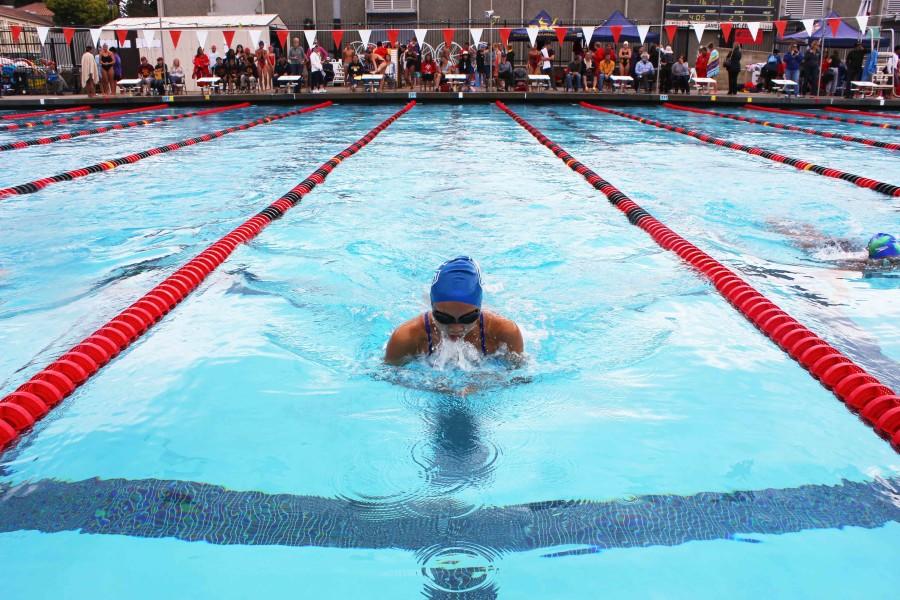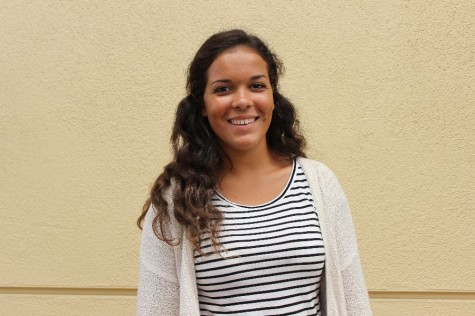Swimming and running are both vigorous forms of exercise. Runners and swimmers are both considered athletic, but how exactly do they measure up against each other?
Many doctors agree on the fact that the physical activities are too different to be compared. Although both swimming and running are intense cardio workouts that also build muscle, specialists claim that comparing the two would be similar to talking about apples versus oranges.
Swimming is an exercise that burns calories, builds up endurance, and strengthens muscles in the arms, back, and legs. Unlike running, it encompasses a wide variety of strokes that can work different muscles.
Butterfly is the most demanding stroke; it works most arm, back, leg, and abdominal muscles. The muscles in the arms and shoulders, such as the triceps, biceps, and deltoids, are used to pull with force underwater. The core and back muscles are used to bend the body forward for every stroke, and to make the whole motion of the stroke more fluid. The legs are engaged in a dolphin kick, which uses the quadriceps, hamstrings, and glutes.
“Butterfly is a difficult stroke for most people to master because it’s physically intense, and it’s not easy to learn the proper technique,” said junior Danny Crook, who swims the butterfly stroke for the Carlmont swim team. “It’s a great exercise, yet it isn’t for everyone.”
Running has also proved to be a very beneficial exercise for athletes. It increases lung capacity, builds leg muscles, and improves joint stability and strength. Running is also more convenient for most people, as it is usually easier to learn and is more readily available to the general public.
“I like running because it’s a challenging sport that pushes me to run faster than I could before. I definitely feel the physical benefits from it, especially through the improvement of my running times over the season,” said freshman Kyle Dimick, who runs varsity cross country.
Running works the inner and outer muscles of the calf. The muscles on the inner and outer thigh are used to stabilize the hips and stop the knees from bending in the wrong direction. The glutes and hamstrings are also worked, especially when the runner is sprinting as they work to extend each hip. In addition to this, most of the core muscles, including the rectus abdominus, obliques, erector spinae, and transverse abdominus, are used to keep the spine aligned.
Swimming is a great exercise for people who experience joint pain, or who can no longer withstand the impacts of running on their joints.
Junior Neda Sohrabi runs and competitively swims. “I think that the stamina and endurance is the same for both swimming and running, but they definitely differ in impact. Depending on the injury, you can usually still swim with an injury that you can’t run with,” said Sohrabi. “When I choose to run, I do feel more weight on my ankles and legs that I don’t feel when I swim.”
In contrast to swimming, running actually builds strength and stability in joints, making them more resistant to the harsh effects of impacting the ground. Researchers at the University of Bristol found that adolescents who participated in more high-impact activity had somewhat sturdier bones. However, research has not proved that adults can improve their bone densities after adolescence by playing high-impact sports.
“With swimming, you’re not dealing with forces of gravity on you as much, which is something you do need to do in regular life. Running has a lot of benefits for living on dry land, so I think it is more beneficial than swimming in that way,” said Alyssa Herrera-Set, a doctor at On the Move Physical Therapy in Belmont.
According to studies conducted by Harvard Health, swimming laps vigorously for 30 minutes burns 300 calories for a 125-pound person, whereas running vigorously the same amount of time burns around 330 calories.
No matter how the exercises match up, both are highly encouraged for maintaining physical health and relieving stress.
“I think that whatever motivates you to continue exercising because you enjoy it is what will be better for you,” said Herrera-Set.























